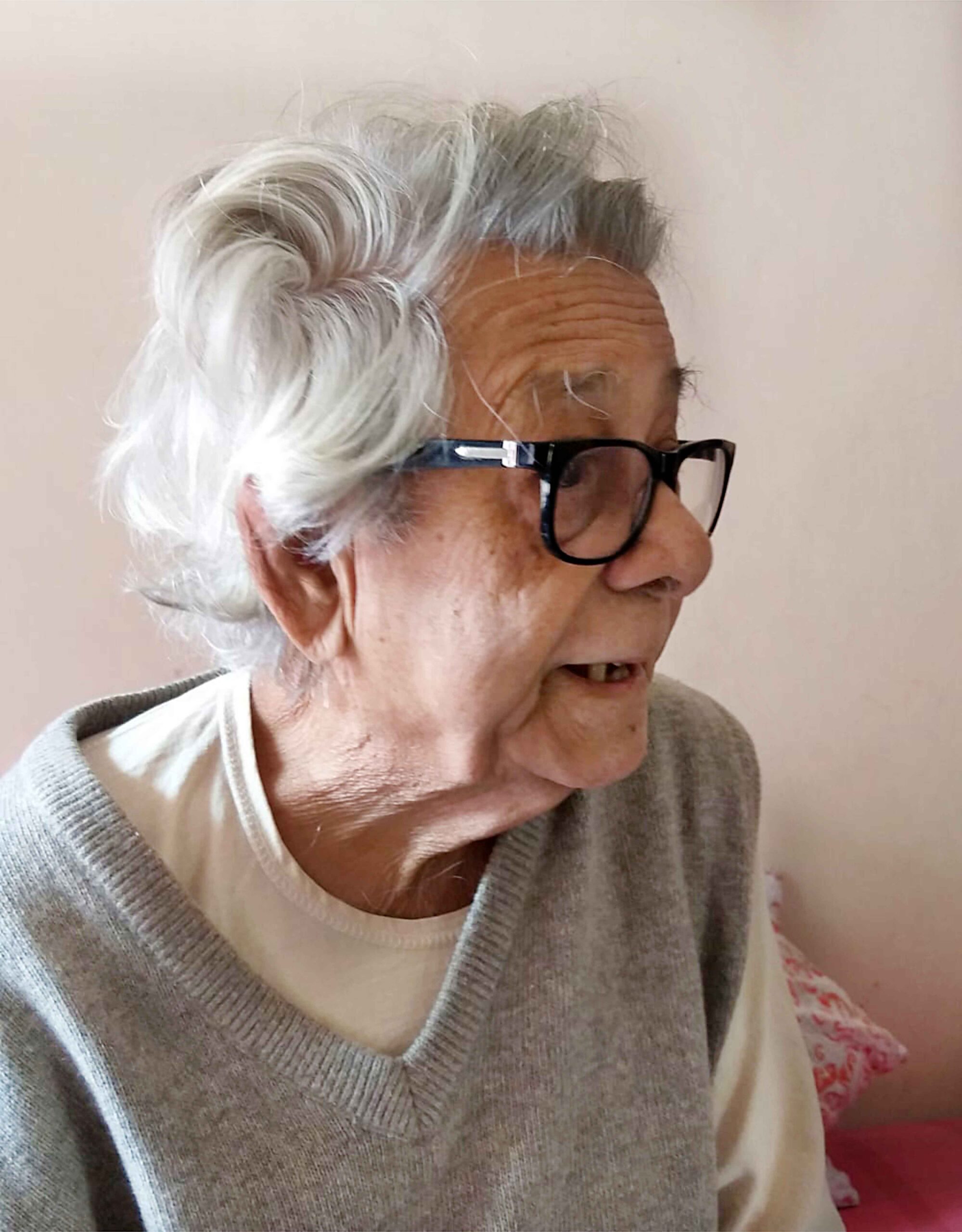 Issues of Iconography and Contemporary Indian Art: A Rethink.
Issues of Iconography and Contemporary Indian Art: A Rethink.
Let us consider the Contemporary Indian Art before we
explore the issues of iconography. Apparent is the expansion of
art into areas beyond the perimeter of painting, sculpture and
perhaps we can extend it to include here the architecture too,
knowing for fact that in art history the three areas have oft en
existed in close relation to each other, as a medium of visual
culture.
Today Indian art’s global presence as perhaps most art of
regional identities are acquiring within the shrinking world.
In an era of computers, cyberspace, the internet, satellite
television, art is not what it was a few decades back. Images
have the capacity to move fast and can be accessed through
technologies that too are developing at an
incredible speed and expansive accessibility.
Th erefore, it can be an interesting thought
to remember, that just about two centuries
back, when the Orientalist constructions
were being formulated, largely to capture the
imagination and perception of an audience
mainly consisting of communities that were
aff ected by the materials and philosophies
coming from the East. Th e increasing
entrenchment of the colonisers from Europe
became forceful a demand on the scholars,
artists and the amateur photographers of the
mid nineteenth century. Th is demand was to
make East comprehensive to the audience in
the West. To facilitate the growing western
curiosity in regard to the East and of course,
their increasing political role, apart from
the existing trading responsibilities, which
the European powers faced, East was seen,
and analysed, documented and packaged in
categories that would make the astounding
discovery of the ‘Oriental’ compatible
with the expanding ambitions of the West.
Iconography has been a recognised area of
art practices in all cultures of the world. It has
always been with the areas of socio-religious
movements, symbolic allegories, metaphors
and philosophical abstraction. Embedded
in the fi eld of ‘Orientalist’ discourse was
the discipline of iconography that was
being studied and written in many nations,
more especially during the nineteenth and
twentieth century. Apart from readings
into the Western classical art, covering the
Greek, Hellenistic and the Roman to the
Medieval European Renaissance, many
scholars engaged themselves with eastern
culture. Th e European scholars trained as
they were to locate iconographical details
to move to art historical context of any art
work or art tradition was soon developing
methodologies to comprehend and
document Eastern cultures and their visual
representations. Th e cultures touched by this
nature of scholarship were the Eygptian, the
Mesopotamian, Assyrian the Sassanid, the
Chinese and Indian.


